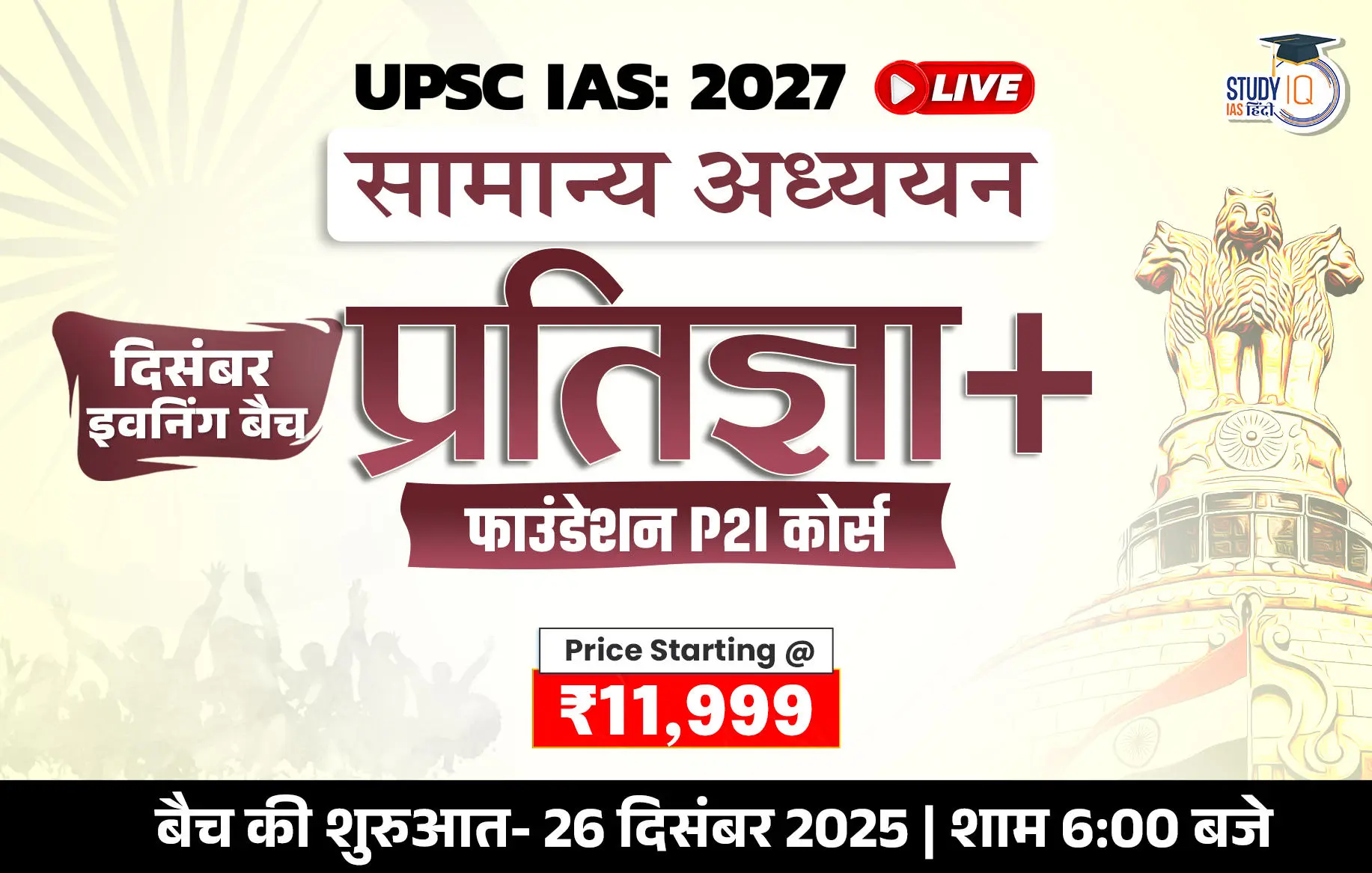Table of Contents
Context: The government plans to gradually wind down National Polio Surveillance Network (NPSN) centres across India as part of its post-polio transition strategy.
About National Polio Surveillance Network (NPSN)
- The National Polio Surveillance Project (NPSP) is a collaborative initiative between the Government of India and the World Health Organisation (WHO), established in 1997.
- Its primary objective was to implement a sensitive surveillance system for poliovirus, playing a pivotal role in India’s journey toward polio eradication.
- Last Reported Case: India reported its final case of wild poliovirus on January 13, 2011, marking a significant turning point in the nation’s public health history.
- Polio-Free Certification: Following three consecutive years without any new cases, the WHO declared India polio-free on March 27, 2014.
- Regional Achievement: This success contributed to the WHO South-East Asia Region being certified polio-free in 2014, underscoring the effectiveness of collaborative public health efforts.
Polio Eradication
- Global Progress: Polio cases have dropped by over 99% since the 1988 launch of GPEI, from 3.5 lakh to under 1,000 cases annually.
- India’s Strategy: Used both OPV and IPV; OPV was preferred for mass use due to ease and gut immunity.
Oral Polio Vaccine (OPV)
- Given by mouth.
- Contains a weakened (live) virus.
- Easy to administer, low cost.
- Induces strong intestinal immunity, helping stop transmission.
- Used in mass immunization campaigns.
Inactivated Poliovirus Vaccine (IPV)
- Given as an injection.
- Contains killed virus.
- Safe for immunocompromised individuals.
- Provides strong individual immunity but less effective at stopping transmission.


 Mukhyamantri Majhi Ladki Bahin Yojana, O...
Mukhyamantri Majhi Ladki Bahin Yojana, O...
 PM MITRA Parks, Objectives, Key Features...
PM MITRA Parks, Objectives, Key Features...
 Rashtriya Gokul Mission (RGM), Objective...
Rashtriya Gokul Mission (RGM), Objective...

























